Tính đến thời điểm này, cuộc trò chuyện này có hữu ích không?
The Red-breasted Sapsucker, a vibrant member of the woodpecker family, is a sight to behold in the forests of western North America. With its striking plumage and unique feeding habits, this bird captivates birdwatchers and nature enthusiasts alike.
A Spectacle of Colors
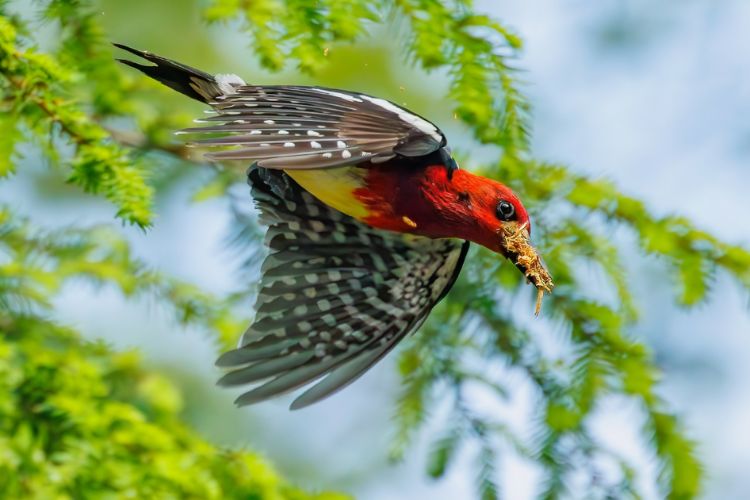
The Red-breasted Sapsucker is aptly named for its stunning red plumage that adorns its head and upper chest. This bright red contrasts beautifully with its black and white barred back and wings. Its underparts are a soft, warm reddish hue, blending into the vibrant red of its breast. This colorful appearance makes it one of the most distinctive woodpeckers in its range.
Habitat and Distribution
These birds inhabit coniferous and mixed forests from southeastern Alaska through western Canada to California. They are often found in forests with abundant sap-producing trees, such as willows, aspens, and birches. Their presence is a good indicator of a healthy, biodiverse forest ecosystem.
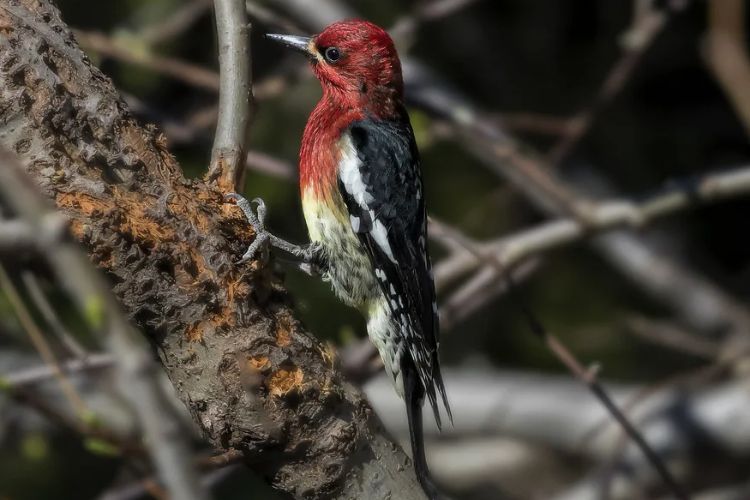
Feeding Habits
The Red-breasted Sapsucker has a unique feeding strategy that sets it apart from other woodpeckers. It drills neat rows of small holes, known as sap wells, into tree bark to feed on the sap that oozes out. This behavior not only provides a steady food source but also attracts insects, which the sapsucker readily consumes. Their sap wells can be seen on various trees, including fruit trees, making them important players in forest ecology.
Social Structure and Communication
Typically solitary or found in pairs, Red-breasted Sapsuckers are also known for their distinctive drumming sounds. This drumming, produced by rapid pecking on resonant surfaces, serves as both a territorial signal and a means of attracting mates. Their calls, a series of sharp, repeated notes, add to the symphony of forest sounds.
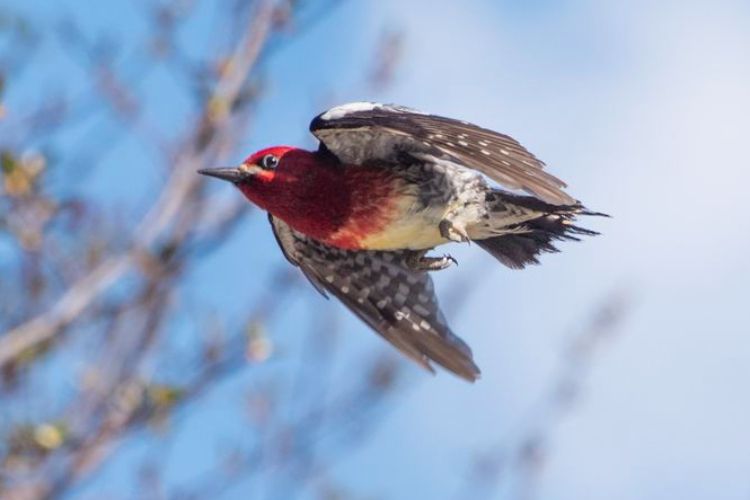
Nesting and Reproduction
During the breeding season, these sapsuckers excavate nest cavities in dead or decaying trees. Both parents participate in incubating the eggs and feeding the chicks. The young sapsuckers fledge after about a month but continue to rely on their parents for food until they master the art of drilling sap wells and foraging.
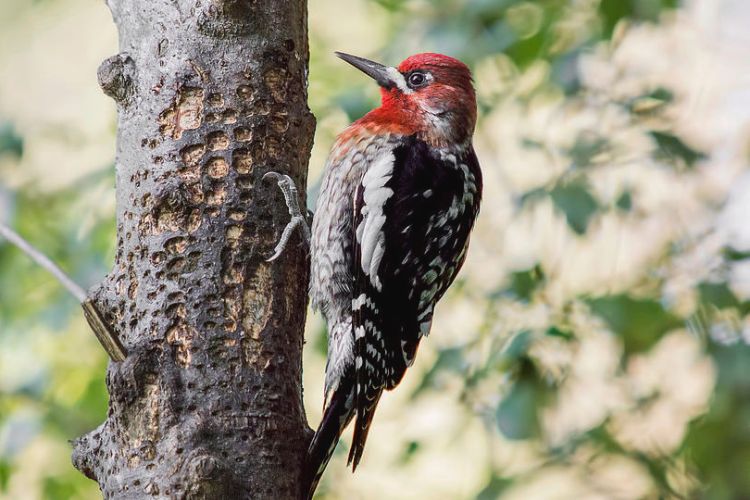
Conservation Status
Currently, the Red-breasted Sapsucker is not considered threatened, but habitat loss and changes due to logging and land development pose potential risks. Conservation efforts that focus on preserving old-growth forests and mixed woodlands are vital to maintaining healthy populations of this species.
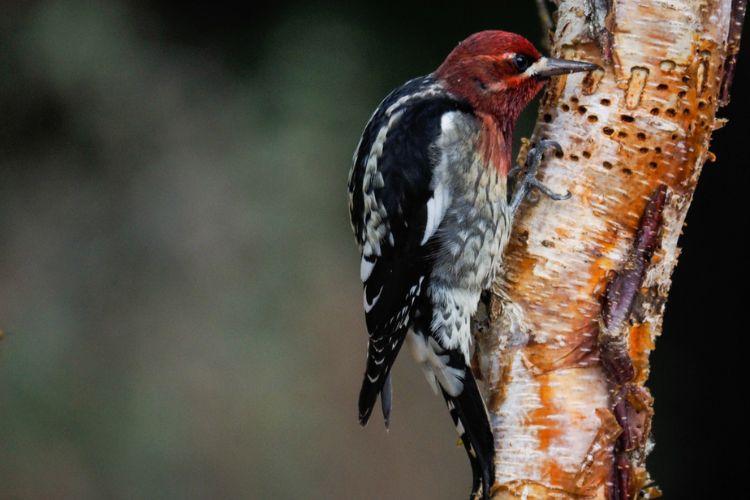
The Red-breasted Sapsucker is a true marvel of nature, showcasing the intricate balance of forest ecosystems. Observing these birds in their natural habitat is a reminder of the beauty and complexity of the natural world that we must strive to protect.